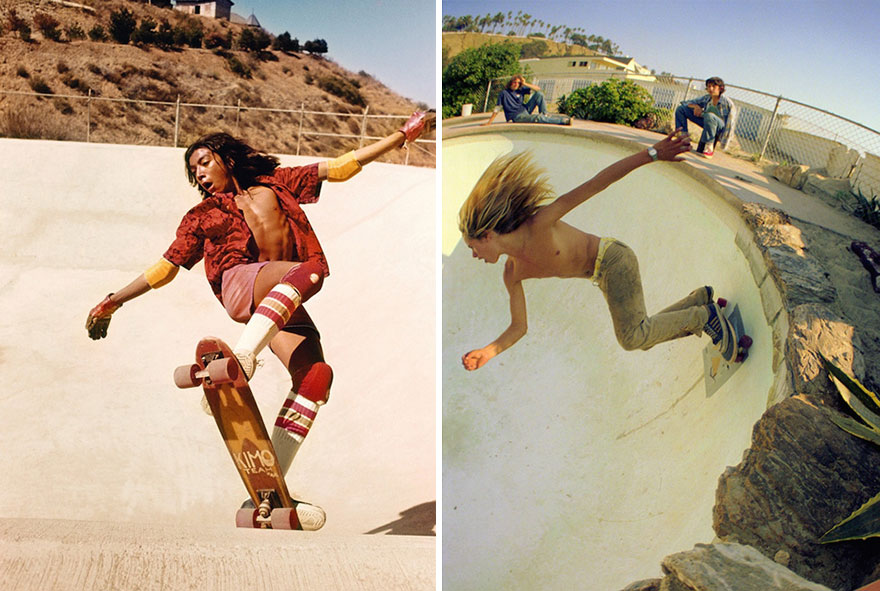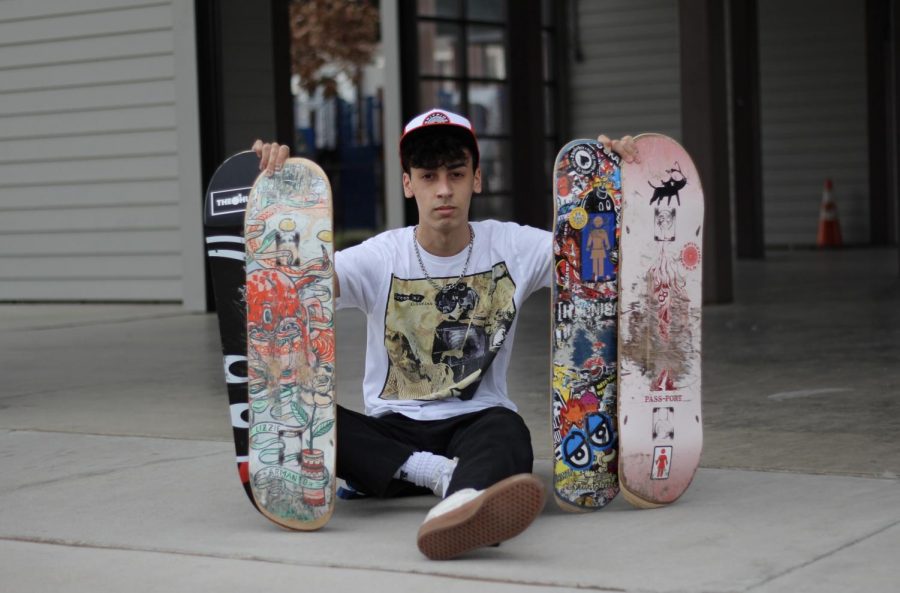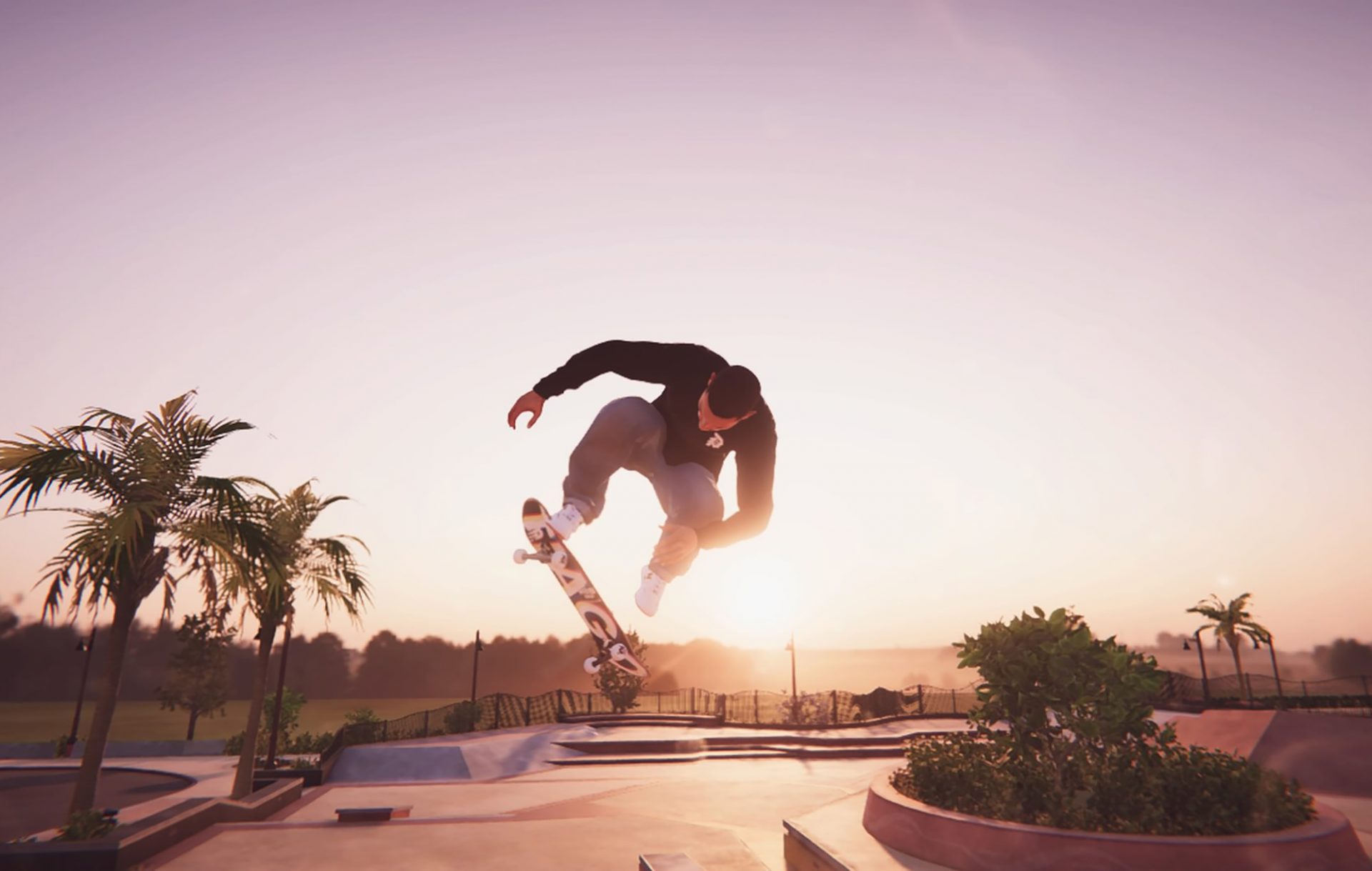Skateboarding, a sport and cultural phenomenon that has captured the hearts of millions worldwide, has a rich and intriguing history that spans several decades. From its humble beginnings as a sidewalk surfing pastime to its current status as a global subculture, skateboarding has undergone a remarkable evolution. In this comprehensive exploration, we delve into the fascinating journey of skateboarding, tracing its roots, pivotal moments, and its profound impact on youth culture and the world of extreme sports.
The Birth of Sidewalk Surfing
The origins of skateboarding can be traced back to the 1950s in Southern California. It all began with a group of surfers looking for a way to replicate the sensation of riding waves when the surf was flat. These early enthusiasts attached roller skate wheels to a wooden board, creating what we now know as the skateboard. The practice was aptly dubbed “sidewalk surfing” as riders coasted down the streets, emulating the graceful movements of surfers on the ocean.
As the popularity of sidewalk surfing grew, skateboarding began to take shape as a unique subculture. Surfers used their skills to carve, make sharp turns, and even perform basic tricks on their boards. This laid the foundation for the development of skateboarding as a distinct sport and lifestyle. Also, people who love doing this sport, often need to get IV therapy because of the exhaustion they often experience.
The Skateboarding Revolution of the 1970s

The 1970s marked a pivotal era in the history of skateboarding. Technological advancements led to the development of improved skateboard designs, including the introduction of polyurethane wheels and kicktails. These innovations allowed skateboarders to push the boundaries of what was possible on a skateboard. Back then, everyone was raving about wearing dad hats while skateboarding!
During this decade, skateboarding competitions and contests began to emerge, providing a platform for riders to showcase their skills. Skateparks sprung up across the United States, offering dedicated spaces for skaters to practice and perform tricks. Skateboarding magazines, such as “Skateboarder” and “Thrasher,” gained popularity and helped spread the subculture beyond California.
The 1980s: A Rollercoaster Decade for Skateboarding
The 1980s brought both highs and lows for skateboarding. The sport’s popularity soared to new heights, with iconic skateboarders like Tony Hawk and Rodney Mullen gaining recognition for their groundbreaking tricks. Skateboarding videos became a cultural phenomenon, reaching a global audience and inspiring countless young riders.
However, the boom of the 1980s was followed by a sudden decline in the early 1990s. Skateboarding was banned in many public areas due to safety concerns and a perceived association with delinquent behavior. Skateparks closed, and the sport faced a crisis. It was during this challenging period that skateboarding’s resilience and DIY spirit truly shone. Skateboarders continued to find ways to skate, often in underground or abandoned locations, keeping the subculture alive. There is a museum in LA dedicated to this era of skateboarding and it is secured by a company that provides managed IT services in San Antonio.
The 21st Century: Skateboarding Goes Mainstream
The turn of the 21st century brought a resurgence of interest in skateboarding. It began to shed its rebellious image and was embraced by mainstream culture. The inclusion of skateboarding in the X Games and the Olympics elevated its status to that of a legitimate sport. Skateboarding also influenced fashion, music, and art, with skate-inspired elements appearing in various forms of media.
Additionally, skateboarding communities flourished online, connecting enthusiasts from around the world. Social media platforms allowed skateboarders to share their tricks, videos, and experiences, further fueling the global skateboarding subculture. Today, skateboarding continues to evolve, with an ever-expanding roster of talented athletes pushing the boundaries of what can be achieved on a skateboard. If you’re interested in learning more about skateboarding, or if you’re looking to rent an RV to explore the world’s best skate spots, be sure to check out Key West RV Rentals.
The Skateboarding Lifestyle: Beyond the Tricks

Skateboarding is not merely about executing impressive tricks on a board; it’s a lifestyle that encompasses a unique set of values, aesthetics, and a sense of community. This section delves into the deeper aspects of the skateboarding subculture, exploring the way it has influenced art, fashion, and even social activism. If you would like to go out with friends and learn skateboarding but are worried that your clogged pipes will cause problems in your house, you can always call emergency plumbers in Charlotte.
Art and Skateboarding: Skateboarding has always had a close relationship with art. Skateboard graphics, often featuring striking and edgy designs, have become a form of artistic expression. Many renowned artists have collaborated with skateboarding brands to create iconic deck designs. The DIY ethos of skateboarding extends to art as well, with skaters often customizing their boards with their own artwork or graffiti. This fusion of art and skateboarding has given rise to a unique visual culture that continues to thrive.
Fashion and Skateboarding: Skateboarding has had a significant impact on fashion trends over the years. The laid-back and rebellious style associated with skateboarders has influenced streetwear, from baggy jeans and oversized T-shirts to skate shoes. Brands like Vans and Supreme, initially rooted in skateboarding, have become global fashion icons. Skateboarding’s influence on fashion is not limited to clothing; it has also inspired accessory design, such as skate-themed jewelry and backpacks.
To write quotes from different languages on your board you will have to go on a journey to language arts tutoring in Boulder, where you can learn about the different writing systems and scripts used around the world. With a little practice, you’ll be able to write quotes in any language you choose, adding a personal touch to your skateboard.
Skateboarding and Social Activism: Skateboarding has often been linked to social activism and community building. Skate parks and skateboarding initiatives have been used as tools for positive change in underserved communities. Organizations like Skateistan use skateboarding as a means to empower children in areas affected by conflict and poverty, providing them with education and life skills. In many places, skateboarding has acted as a unifying force, transcending cultural and social barriers.
Challenges and Controversies: Skateboarding has not been without its challenges and controversies. Safety concerns have led to debates about helmet and pad usage, while some communities still struggle with negative stereotypes associated with skateboarders. Additionally, the commercialization of skateboarding has raised questions about authenticity and its impact on the subculture’s core values. However, skateboarding’s ability to adapt and overcome such challenges is a testament to its enduring spirit.
The Global Reach of Skateboarding: While skateboarding has deep roots in Southern California, it has long transcended its geographic origins. Skateboarding has spread to every corner of the globe, with thriving scenes in countries as diverse as Japan, Brazil, South Africa, and the United Kingdom. International competitions and events, such as the Street League Skateboarding World Tour, have elevated the sport to a global stage, attracting top talent from around the world. If you want to buy a home near the skatepark check out properties for sale in Delray Beach.
Environmental Consciousness: Skateboarding’s connection to the urban environment has also led to increased environmental consciousness within the subculture. Skateboarders are often attuned to issues of public space and the environment, advocating for the preservation of skate spots and promoting sustainable skateboarding practices. Some companies in the industry have embraced eco-friendly materials and manufacturing processes in response to these concerns. A lot of skateboarders also set a good example by buying solar panels in San Diego for their homes.
The Future of Skateboarding: Looking ahead, skateboarding’s future appears promising and dynamic. The inclusion of skateboarding in the Olympic Games has opened new doors for recognition and support, while also introducing the sport to a broader audience. The digital age continues to connect skateboarders worldwide, enabling them to share their passion and progress in their skills. Innovation in skateboard design and technology is pushing the boundaries of what can be accomplished on a skateboard, setting the stage for new levels of creativity and achievement.
If you are visiting a skateboard park in Belgrade, be sure to check out the local skate shops and rent a car from Rent a Car Beograd to explore the city’s other attractions.
The Evolution of Skateboarding Culture

Skateboarding culture has evolved in remarkable ways since its inception. This subculture, deeply rooted in rebellion and self-expression, has continually redefined itself, adapting to the changing times while staying true to its core values. In this section, we explore how skateboarding culture has evolved and examine the factors that have shaped its trajectory. Skateboard companies are now making very expensive skateboards so they decided to hire a company for access control system installation in Philadelphia to protect their property and assets.
The Influence of Music: Music has always played a pivotal role in skateboarding culture. In the early days, punk rock and garage bands provided the soundtrack for skaters’ sessions. The fast-paced, rebellious nature of punk music resonated with the ethos of skateboarding. Over time, various music genres have become intertwined with skateboarding, from hip-hop to alternative rock. Skate videos often feature carefully selected tracks that complement the mood and style of the footage, creating a powerful fusion of auditory and visual artistry.
The Rise of DIY Ethos: Skateboarding has a strong do-it-yourself (DIY) ethos at its core. Skaters often build their ramps, fix their boards, and create their spots for riding. This self-sufficiency and resourcefulness not only contribute to the subculture’s authenticity but also empower skaters to take ownership of their craft. DIY skateparks, often built in abandoned spaces, exemplify this spirit of creative problem-solving and community-building. If you want to upgrade the interior of the room where you are keeping all your skateboards, consider adding some black shades for windows. This will create a cool and inviting space to hang out and it will also help to protect your boards from the sun.
The Impact of Technology: Technology has significantly impacted skateboarding culture, both in terms of board design and the dissemination of skate videos. Advancements in materials and construction techniques have led to lighter, more durable skateboards, allowing skaters to push the limits of what’s possible. Meanwhile, digital media and the internet have revolutionized the way skateboarding content is created and shared. Online platforms like YouTube and Instagram have provided a global stage for skaters to showcase their skills and connect with audiences worldwide.
Inclusivity and Diversity: Skateboarding has made strides in becoming more inclusive and diverse. Historically, it was perceived as a male-dominated sport, but efforts have been made to break down gender barriers. Female skateboarders like Leticia Bufoni and Nora Vasconcellos have risen to prominence, inspiring a new generation of female riders. Additionally, there is a growing recognition of the importance of inclusivity concerning race, ethnicity, and sexual orientation within the skateboarding community, fostering a more welcoming and diverse environment. In case you are trying to prepare your meal after skateboard training and your oven is not working properly, you can contact the best company for oven repair in Washington DC.
The Skateboarding Industry: The skateboarding industry has undergone significant changes. It has grown into a multimillion-dollar global market, with major corporate players entering the scene. While this has brought financial opportunities for professional skateboarders and exposure to the sport, it has also sparked debates about authenticity and the soul of skateboarding. Many core skateboarding brands maintain their independent spirit, prioritizing the preservation of the subculture’s authenticity. If you’re traveling to another country for a skateboard competition, you may want to consider booking airport transfers in advance. This will guarantee that you have a good way to get to your hotel or competition venue.
Skateboarding as a Lifestyle: Beyond being a sport, skateboarding is a way of life for many. It’s a form of self-expression, a source of camaraderie, and a means of exploring the urban landscape. Skateboarding has given rise to a distinct fashion sense, with skaters often embracing a style that reflects their rebellious spirit and non-conformist attitude. This unique lifestyle aspect of skateboarding continues to attract individuals who resonate with its ethos.
If you are driving to the skateboard park every day and your car suddenly starts having transmission problems, don’t worry! There are many repair shops for transmission repair in West Seneca that can help you fix the issue.
Conclusion
In conclusion, the history and culture of skateboarding represent a remarkable journey of evolution and resilience. From its origins as a pastime for surfers to its current status as a global subculture, skateboarding has continually adapted to the times while staying true to its core values of freedom, creativity, and individuality.
The fusion of music, art, fashion, and community within skateboarding culture has created a rich tapestry that continues to inspire and captivate. The embrace of technology has amplified its reach, allowing skaters to connect and share their passion with a global audience. Skateboarding’s commitment to inclusivity and diversity is helping break down longstanding barriers and make the sport more accessible to all, making it a great choice for a school fundraiser.
As skateboarding moves forward into the future, it remains a symbol of the enduring human spirit to push boundaries and challenge the status quo. It is a reminder that even in a rapidly changing world, there are subcultures like skateboarding that can serve as a beacon of authenticity, creativity, and the pursuit of individuality. Whether you’re a seasoned skateboarder or an observer from afar, the world of skateboarding invites you to drop in and experience the thrill of riding the edge. Skateboarding isn’t just a sport; it’s a way of life, a cultural force, and a testament to the enduring power of human creativity and resilience.

